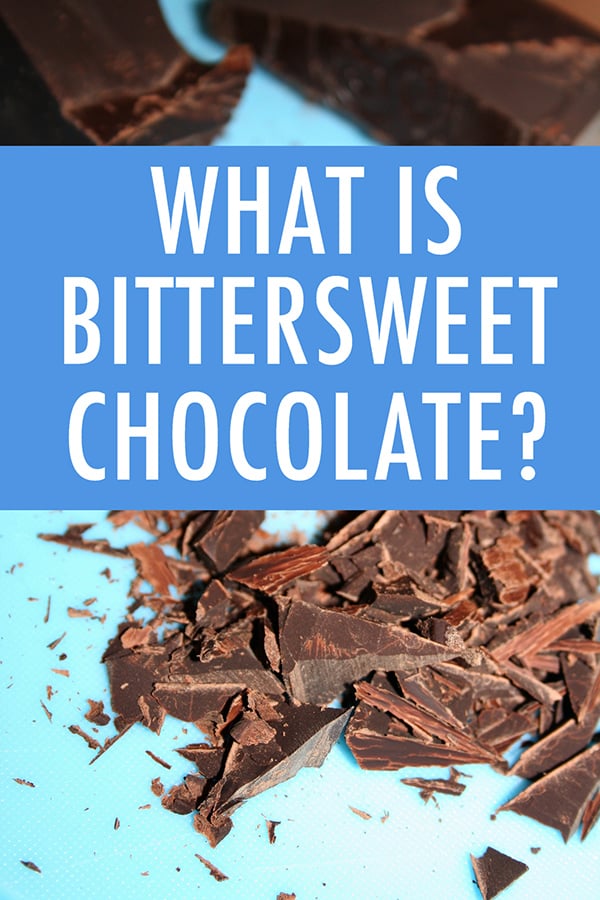Until writing this post, I actually didn't. If you had asked me and I didn't have my phone to look it up on the spot, I'd probably give a vague definition: a sort of hot toddy with rum. But I didn't actually know if contained real butter, or if it was named for a "buttery" texture thanks to another ingredient.
So, for National Hot Buttered Rum Day, I found out.
Apparently, hot buttered rum is a long-standing winter tradition in the United States. It all began when molasses began to be imported into the colonies from Jamaica. It didn't take long for the settlers to take up distilling, and when it got cold out, they augmented other cold-weather beverages such as teas with rum. Naturally.
I found this part interesting. Because the puritans looked down on garish celebration of religious holidays (and upon liquor as part of the celebration), toddies and spiced rum drinks were more associated with holidays like Thanksgiving or New Year's Eve, days on which the rum wouldn't offend baby Jesus.
While hot buttered rum was absolutely enjoyed in the early days of the states, its first known mention by that name is from a 1917 publication called The Ideal Bartender.
OK, so if you want to make a hot buttered rum, what do you need? Well, your ingredient list will likely include rum, butter, nutmeg, and sugar. It might include citrus, or it might include milk/cream, but from what I have noticed, usually not both.
To make a hot buttered rum today, I liked this recipe which I found on the New England Distilling page. I am copying it here because they may change the site seasonally. The recipe features half a stick of butter, sugar, spices, rum, hot water, and some orange juice, and sounds tremendous. It doesn't list how many servings there are, so it's possible that if it's one serving, it contains half a stick of butter. OK, I don't think it's for one serving, but it was a funny thing to think about for a moment.
Here's the recipe:
Hot Buttered Rum
according to New England Distilling
4 oz. butter, room temperature
.5 cup packed dark brown sugar
1 tsp finely grated orange zest
.75 tsp cinnamon
.75 tsp ground ginger
.5 tsp ground nutmeg
1.5 oz Eight Bells
.75 cups boiling water
Fresh orange juice
Beat butter, sugar, orange zest, cinnamon, ginger and nutmeg with a mixer for about a minute.
Combine 2 tablespoons butter mixture with rum and boiling water in a glass mug and add a splash of OJ. The mixture can be stored in the fridge for a few weeks.
Now that you know how to make one, how about some fun links about creative variations of hot buttered rum tastiness?
Five Interesting Hot Buttered Rum Links
Hot buttered rum recipe. (Luna Cafe)
Hot buttered rum pecan sundae. WHOA. (The Hungry Mouse)
Hot buttered rum cheesecake with brown sugar rum sauce. (Betty Crocker)
Hot buttered rum cookies. (Barefeet in the Kitchen)
Hot buttered rum pound cake. Yum. (Hummingbird High)
Bonus: butter rum pop-tarts recipe. Awesome! (Lighter and Local)
Have you ever tried a hot buttered rum?































































